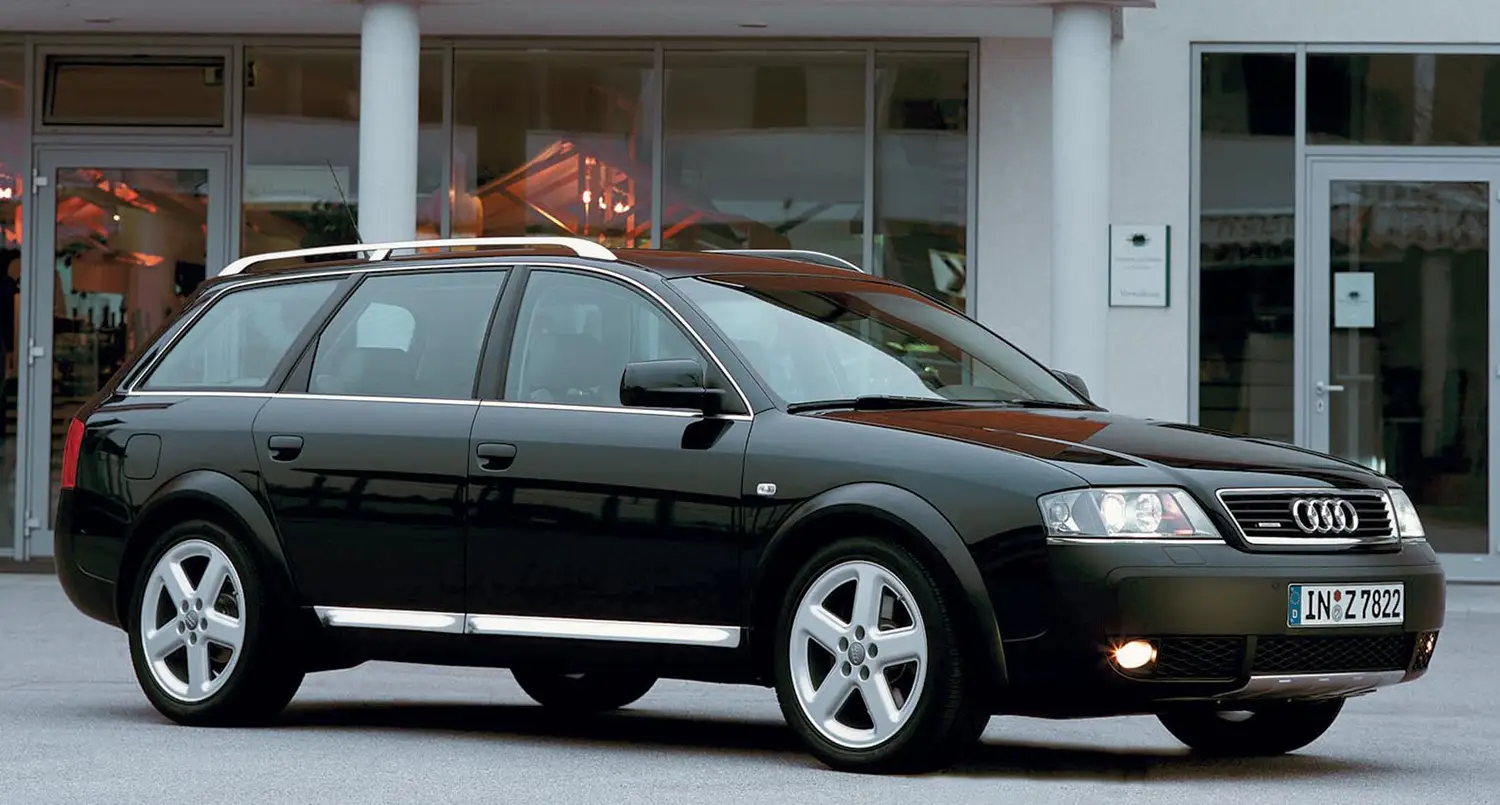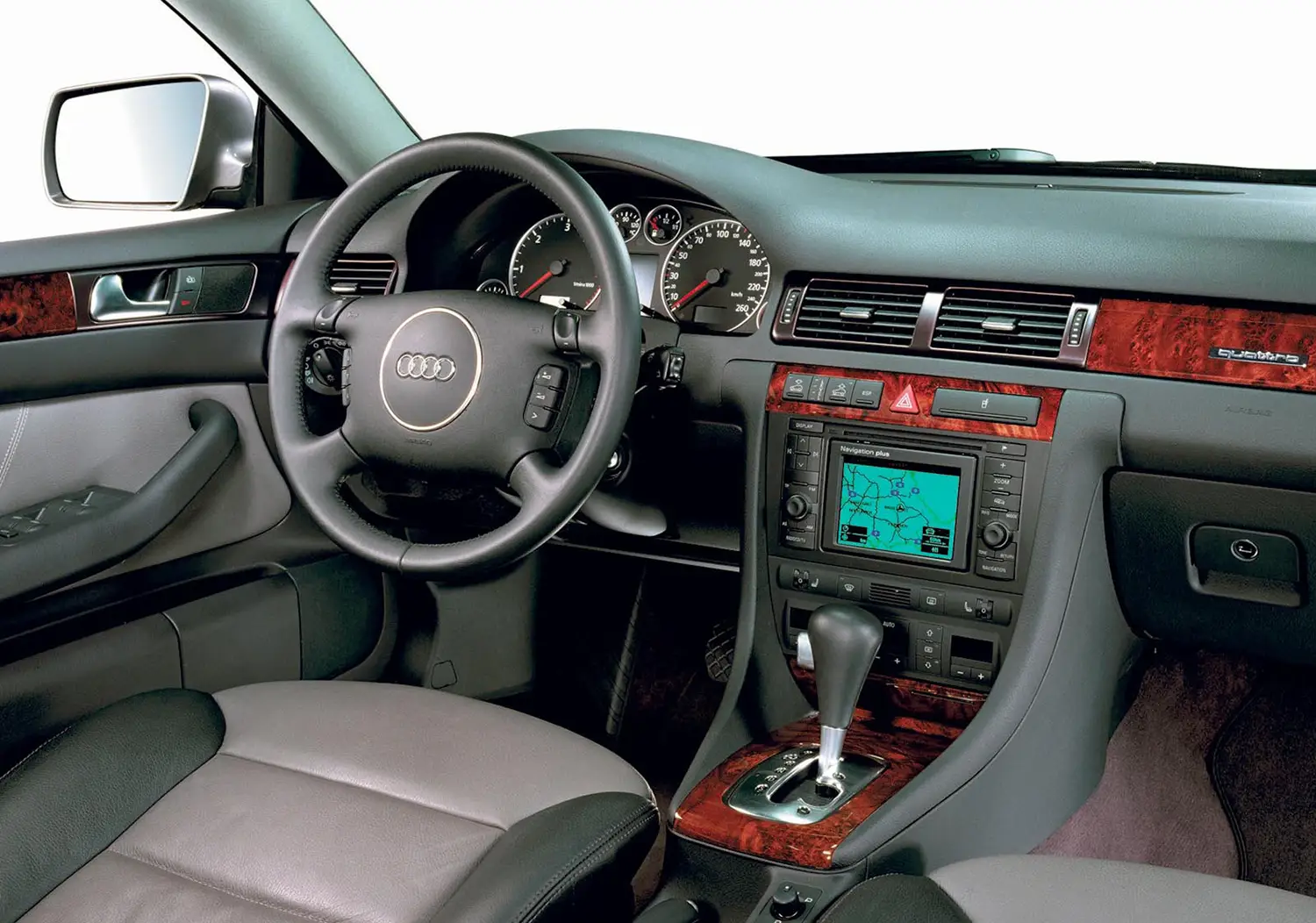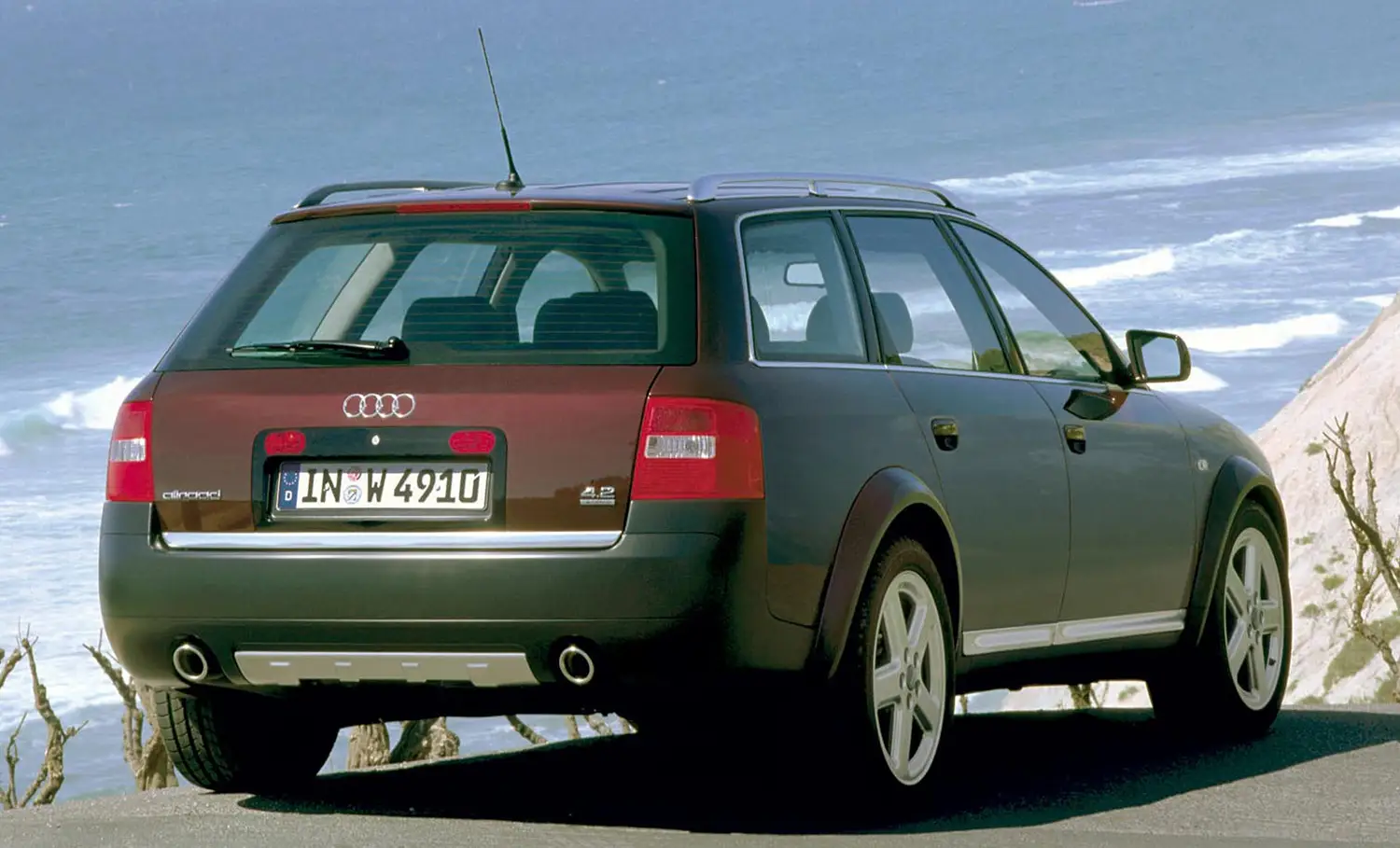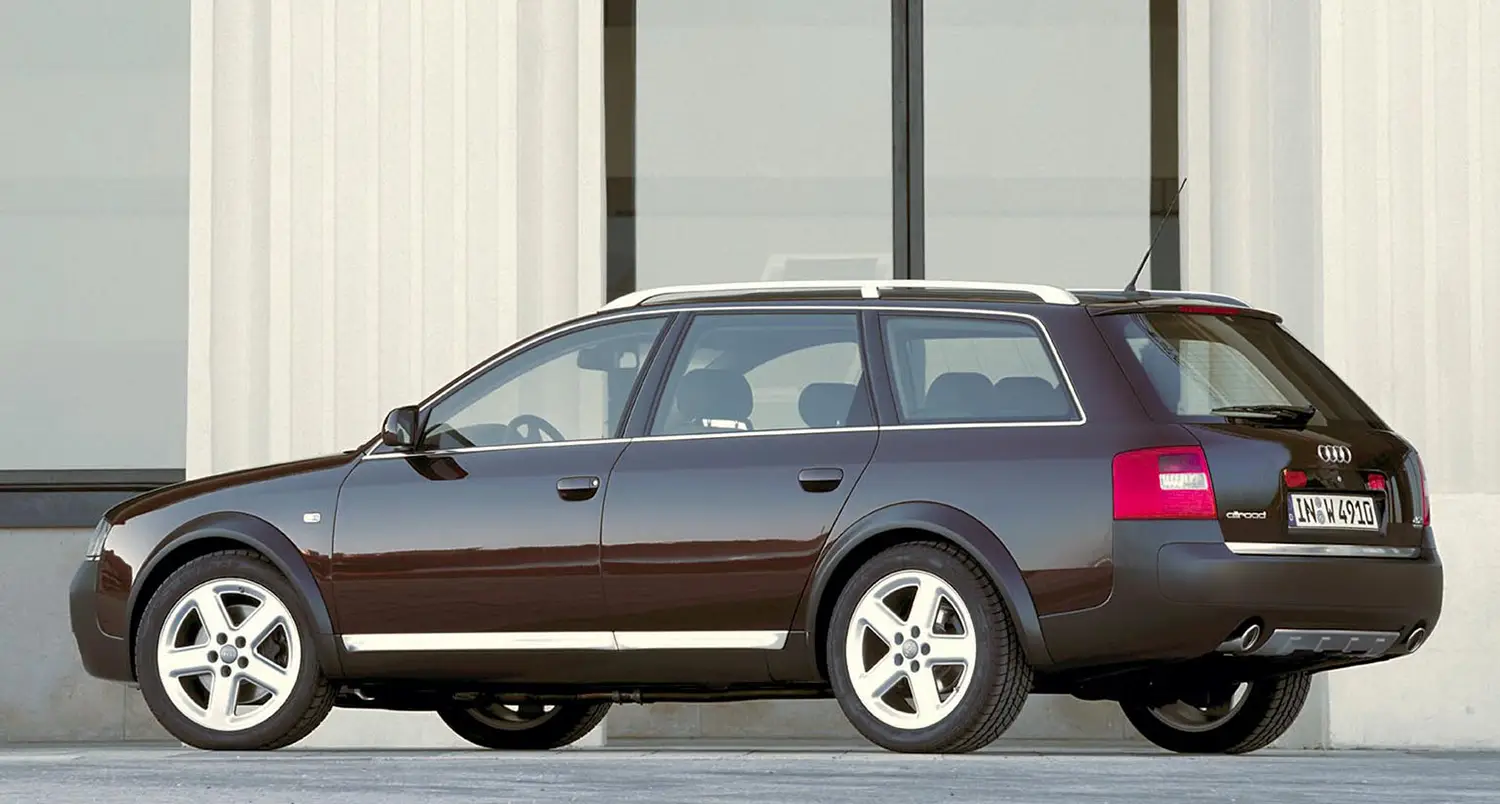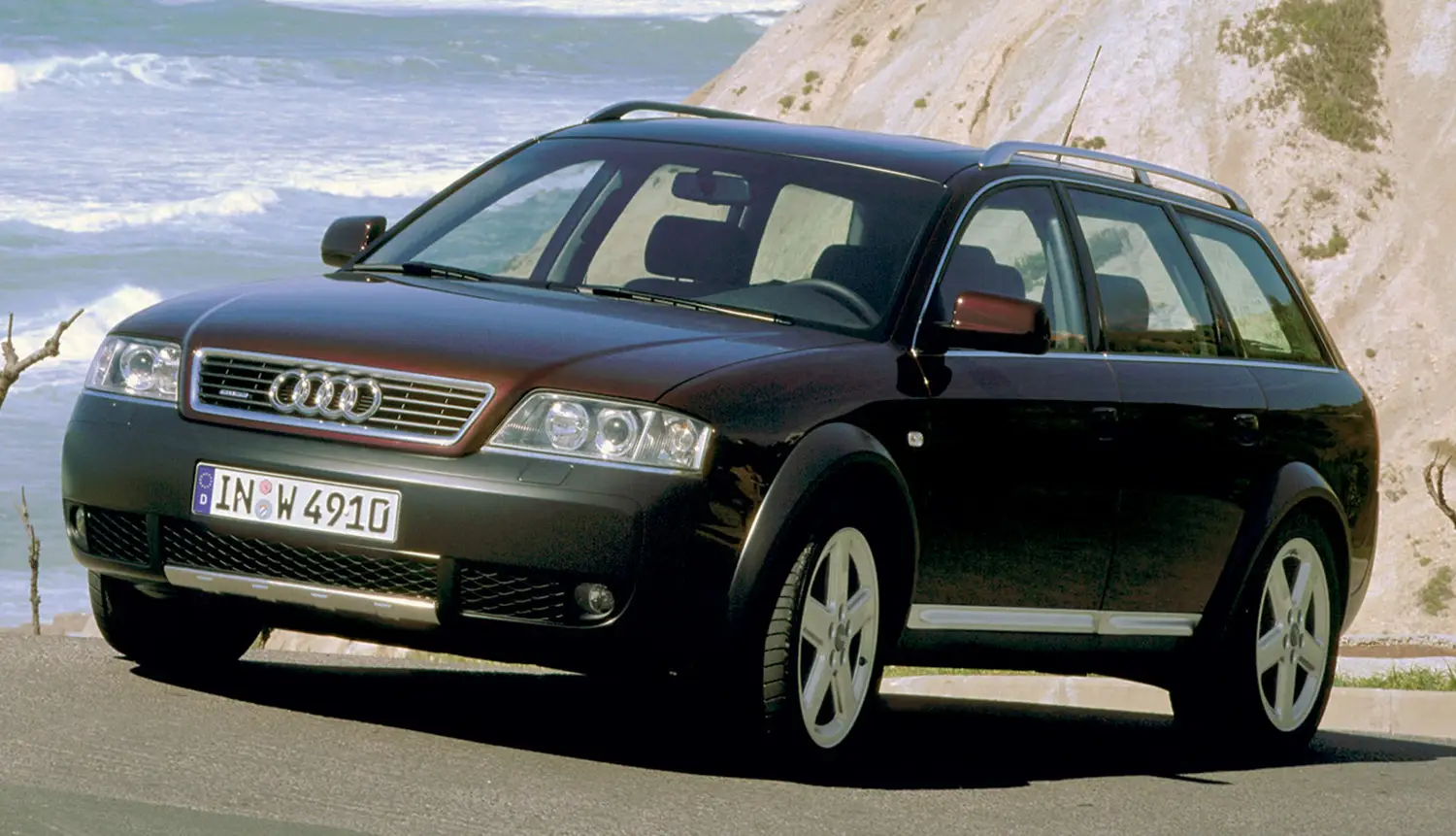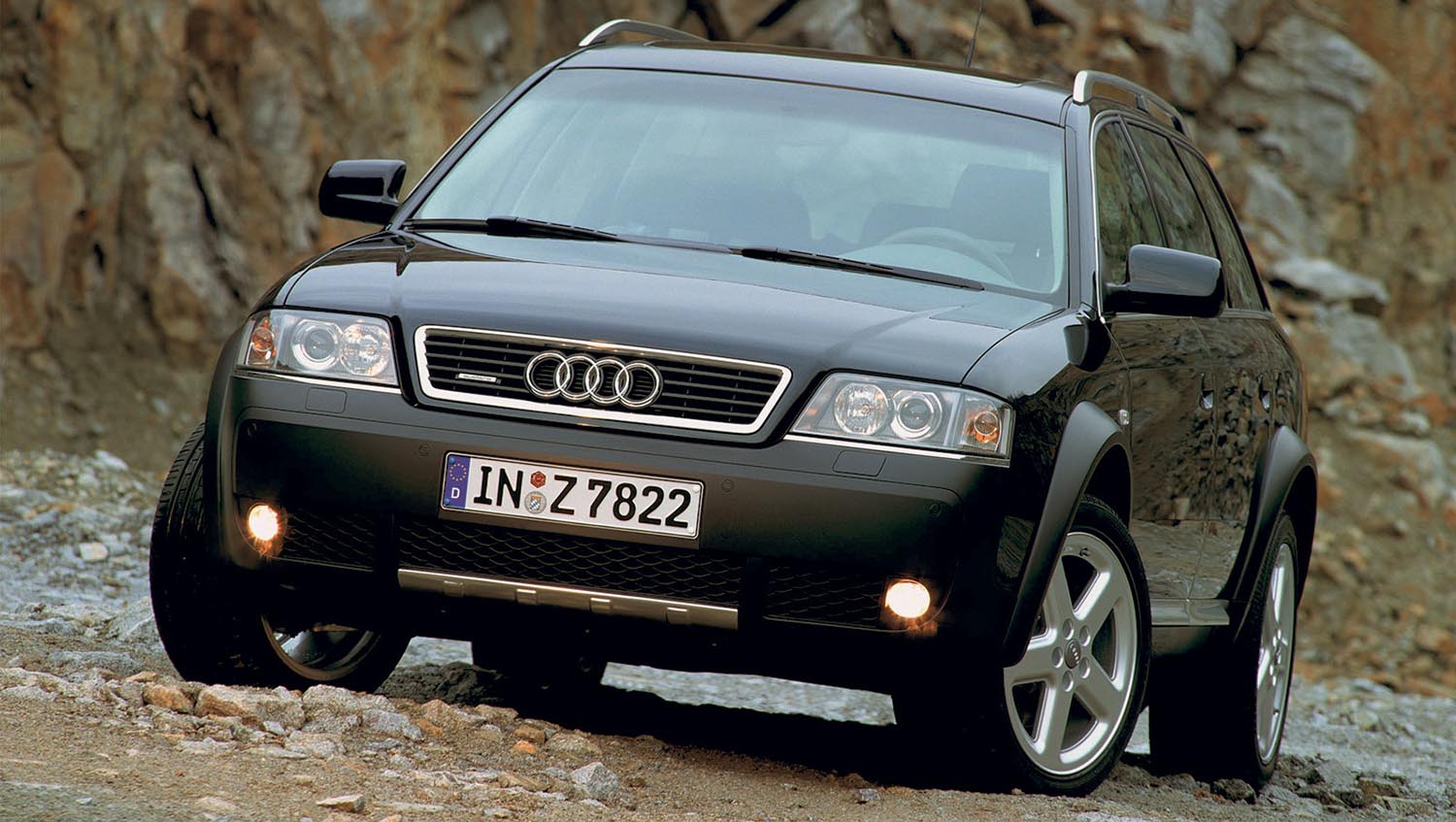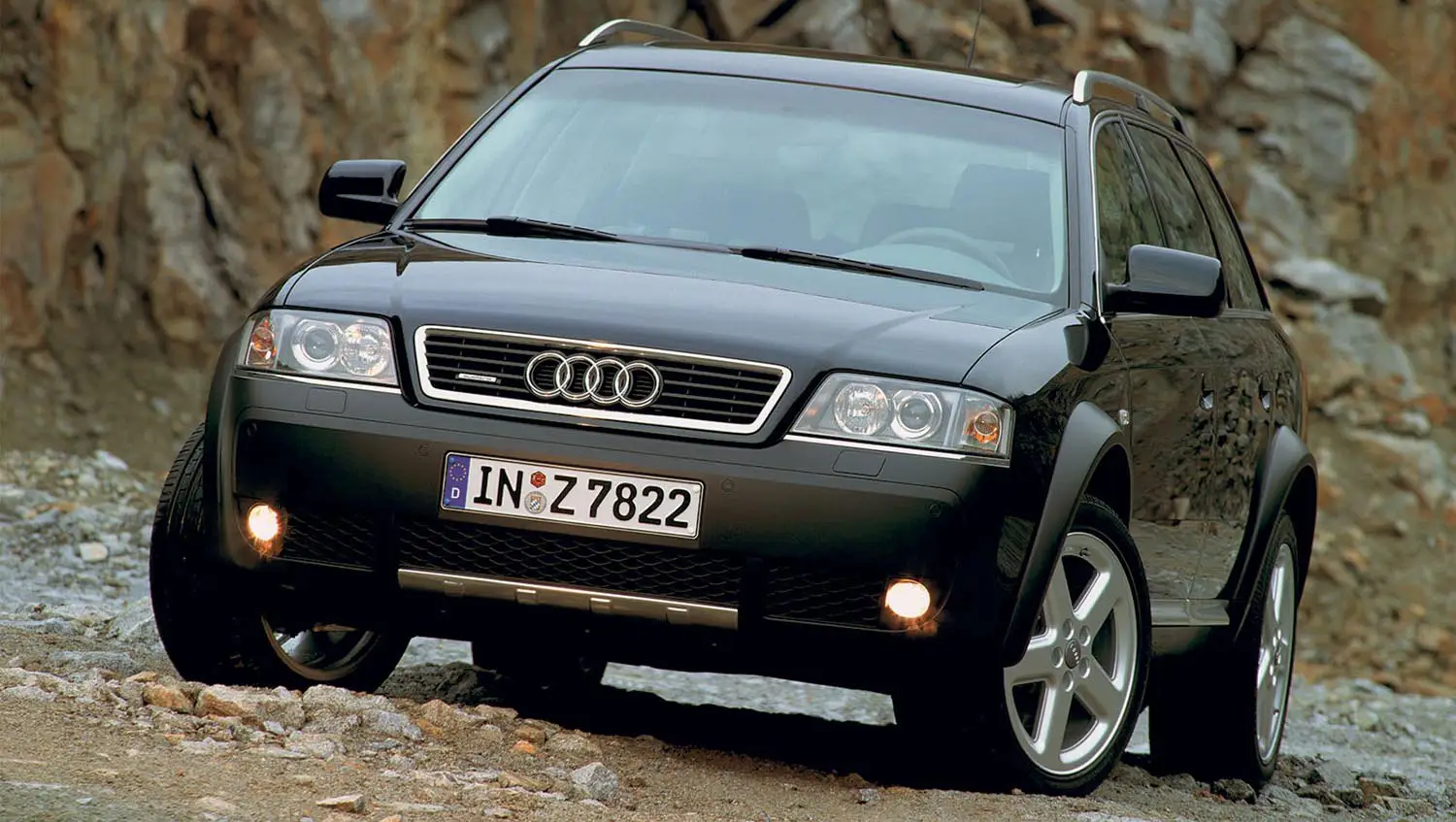
The Audi allroad quattro, produced from 2000 to 2006, was a unique entry into the automotive landscape: a wagon crossover designed to bridge the gap between traditional estate cars and burgeoning SUV segments. Sharing its fundamental platform with the second generation C5 A6 Avant, the allroad was engineered to possess significantly greater flexibility and all-terrain capability than its sibling.
Engineering for All Terrain
The allroad distinguished itself visually and mechanically from the A6 Avant through several key features. A rugged, distinct appearance was achieved with larger wheels, all-terrain tires, and flared, unpainted bumpers. More significantly, its off-road credentials were established by two core technologies: standard Audi quattro all-wheel drive and an advanced air suspension system.
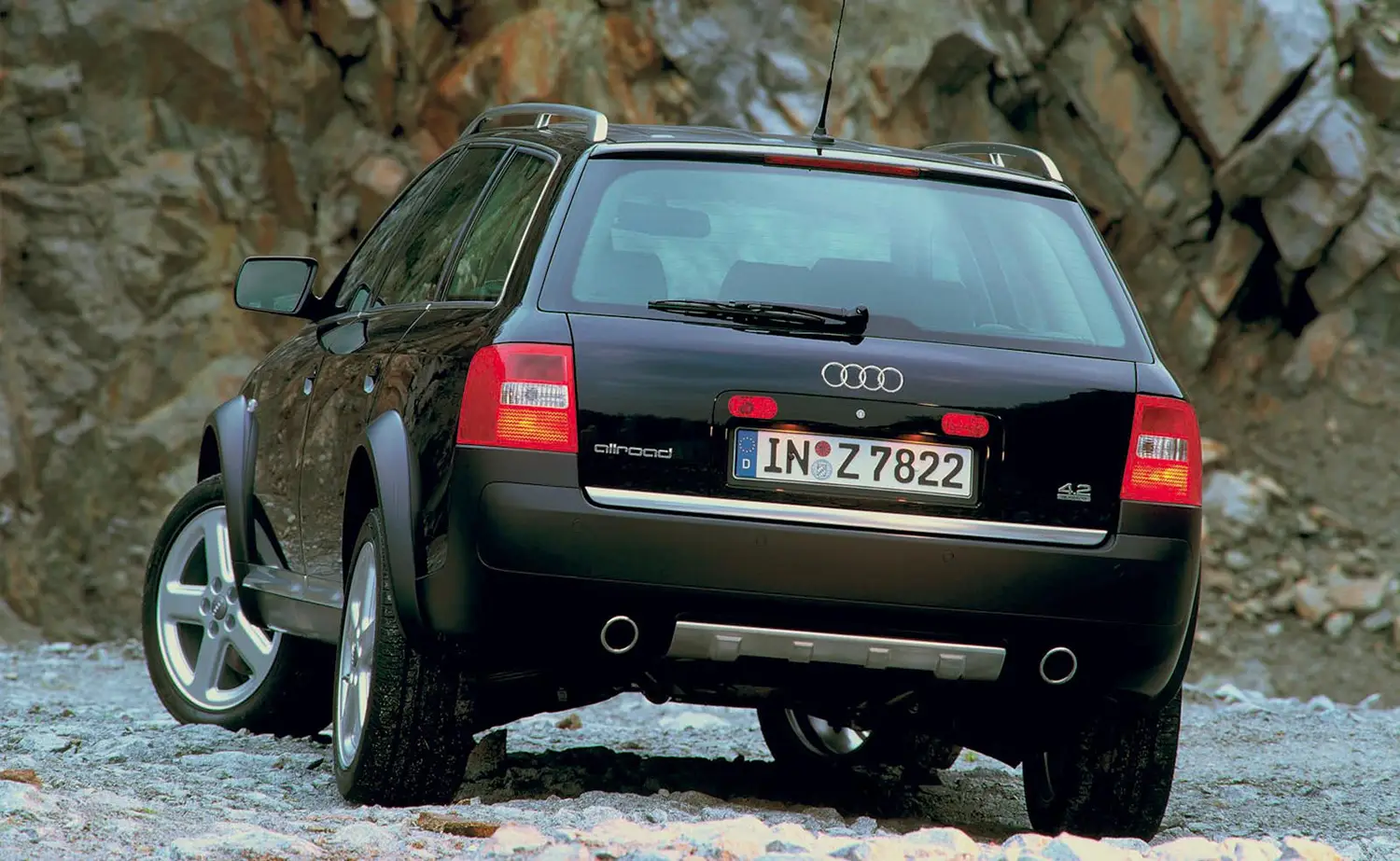
The air suspension system was a game-changer. It could be adjusted to lift the car high enough to provide 21 cm (8.3 in) of ground clearance, allowing it to tackle rougher roads. Furthermore, it included a low-range mode, a feature notably absent from other quattro-equipped vehicles, which could be engaged with the touch of a button. When these two systems worked in conjunction, the allroad was proven capable of completing a demanding Land Rover test-course, a rare feat for a car-based SUV.
Conversely, this same air suspension provided an adaptable on-road experience. It could lower the vehicle to just 16 cm (5.5 in) above road level and simultaneously stiffen the spring and damper rates. This transformation gave the allroad a sporty driving feel, approaching the dynamic performance of the Audi S6.
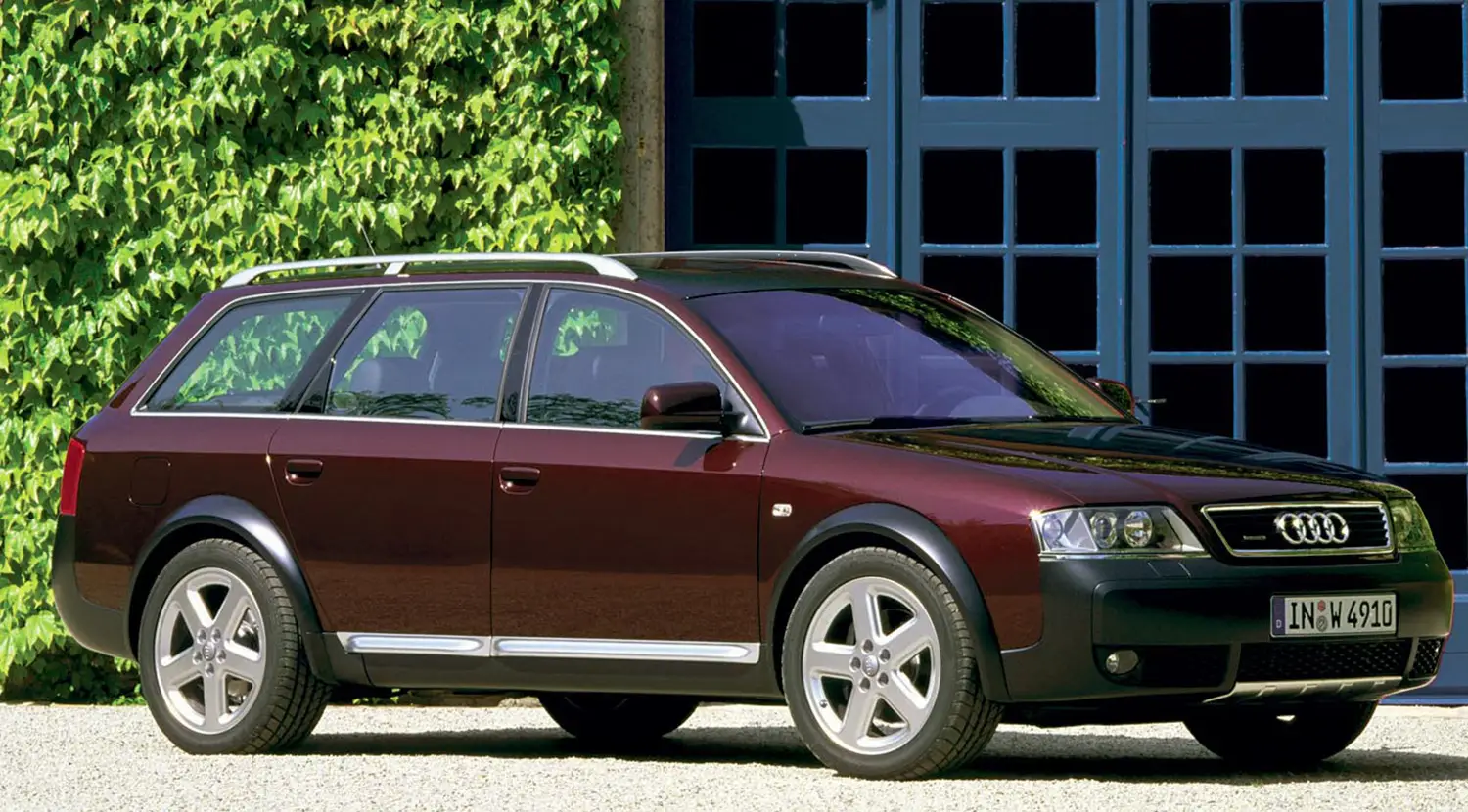
Powertrain Versatility
Initially, the allroad was offered with Audi’s twin-turbo 2.7 L V6 or a 2.5 L TDI Diesel engine. However, the performance crown came in 2003 with the introduction of the 4.2 L V8. This engine variant, shared with the A6 sedan, was first made available in North America before arriving in other markets. A less potent TDI option followed in 2004, further diversifying the model’s appeal across different global markets.
Market Identity and Legacy
Despite its technical prowess and generally positive reviews from owners and automotive magazines, the allroad’s sales in the North American market, for which it was originally designed, fell short of expectations. Factors such as its somewhat high price, ambiguous advertising, and a lack of clear market identity contributed to this outcome. Consumers tended to favor either the purely car-like appearance and ride of station wagons or the larger, truck-based styling of mid-sized SUVs, finding the allroad a compromise between the two.
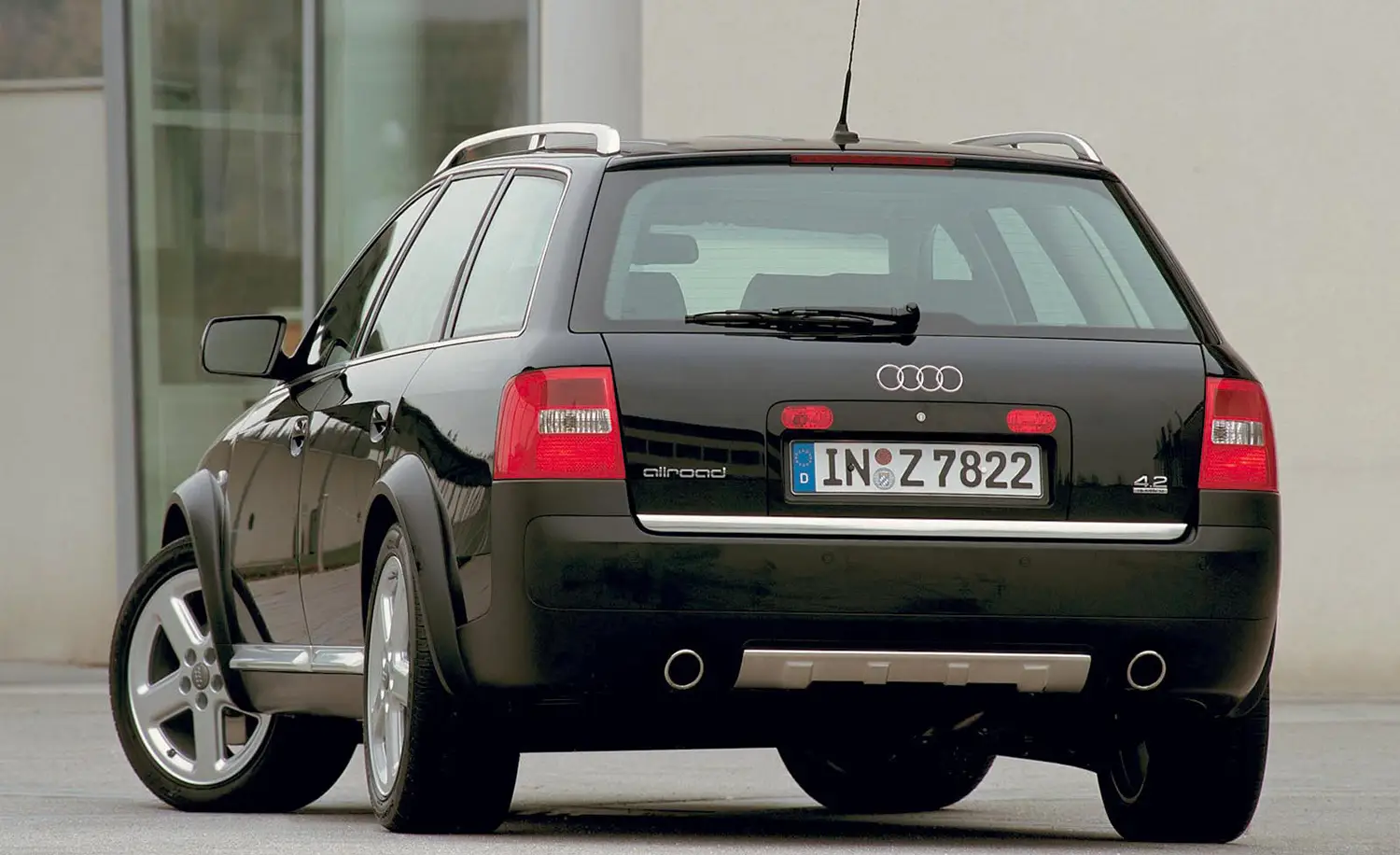
The model enjoyed a slight sales increase in 2004 with the introduction of the less expensive Diesel engine, but production ultimately ceased in July 2005. Although the model continued to be sold throughout 2006 in Europe, no 2006 model year was offered in North America.
The spirit of the allroad did not end there. Audi shifted its focus to larger SUVs, launching the Q7, and later the smaller Q5. Nevertheless, Audi announced a successor to the allroad quattro, based on the new A6 Avant platform, which entered production in 2006. This newer model was met with critical acclaim, continuing the legacy of offering an enjoyable driving experience, capable off-road credentials, and superb quality, all within a uniquely versatile package.
Disclaimer: Content on this site is for informational purposes only. Vehicle specs, pricing, and availability may change. Always verify details with official sources before making decisions. Opinions are those of the authors.
Source: Audi
